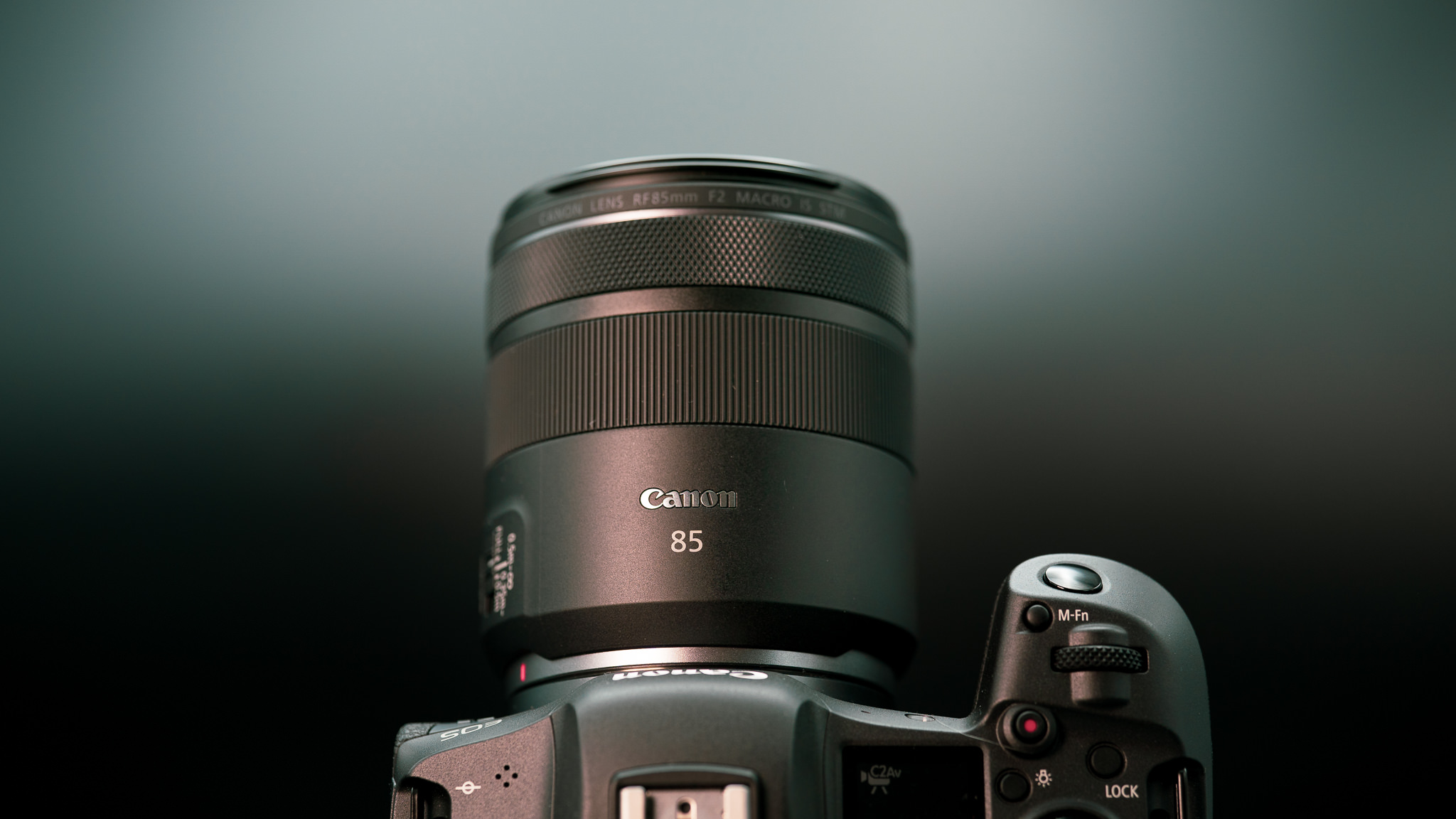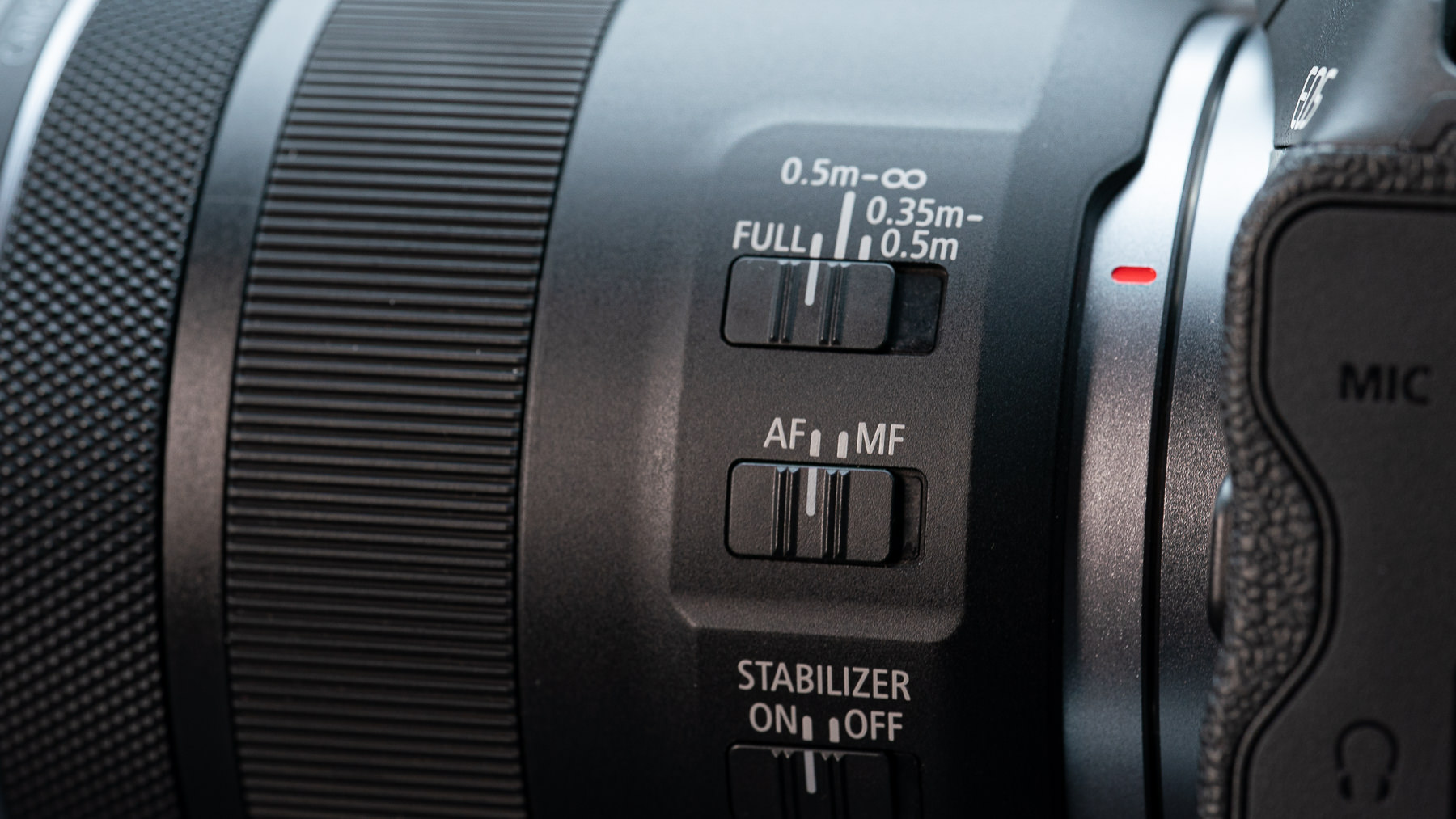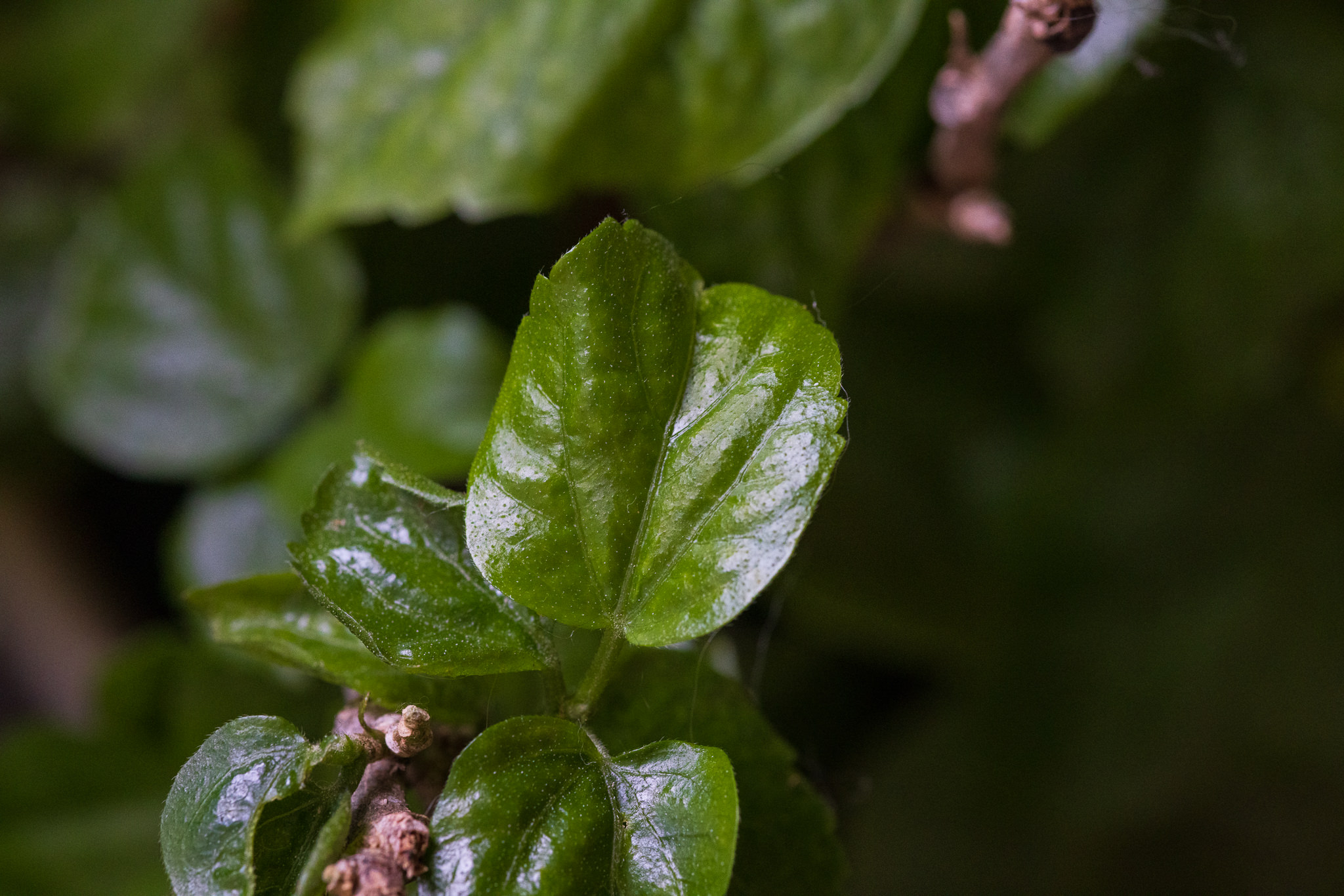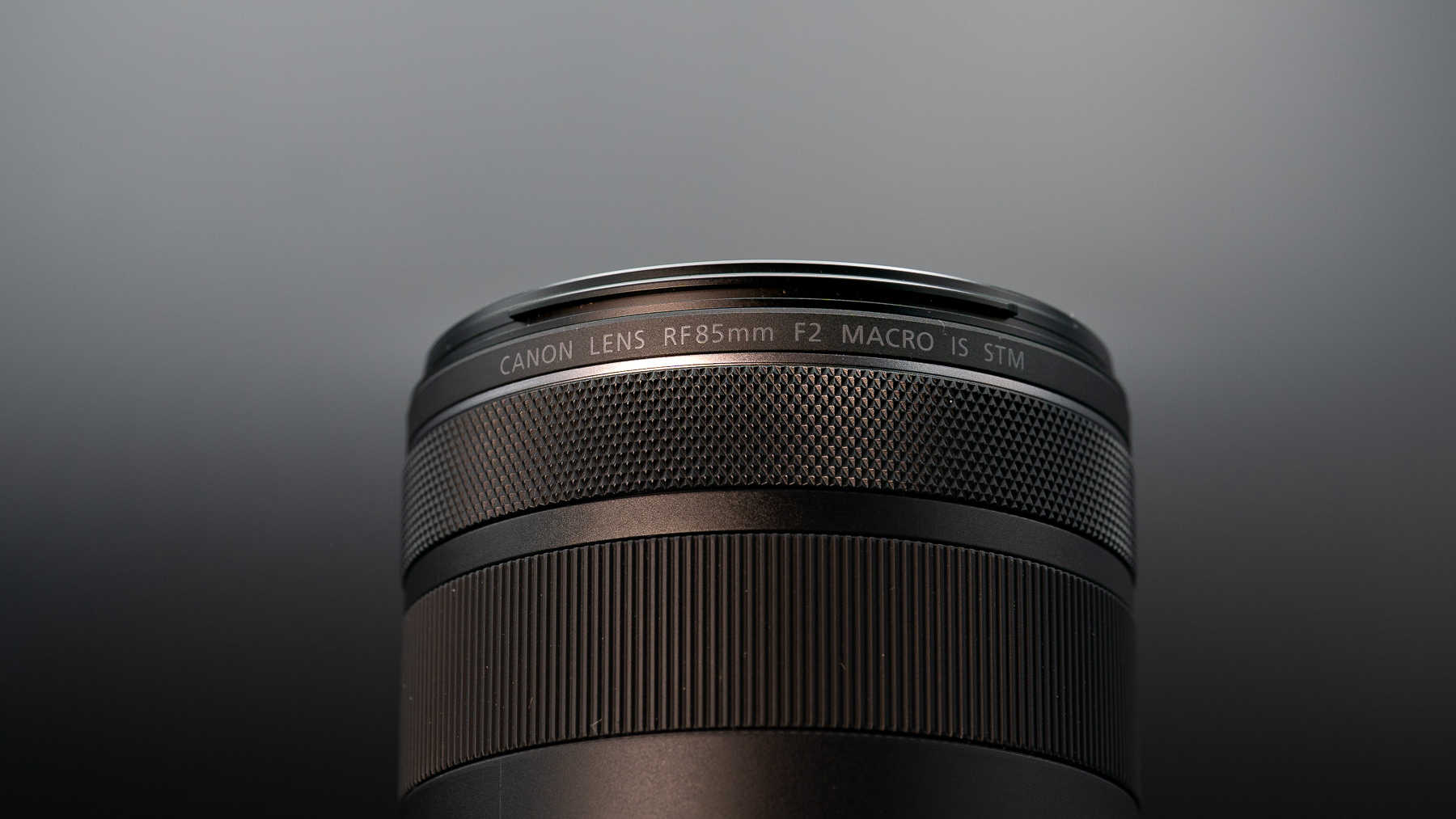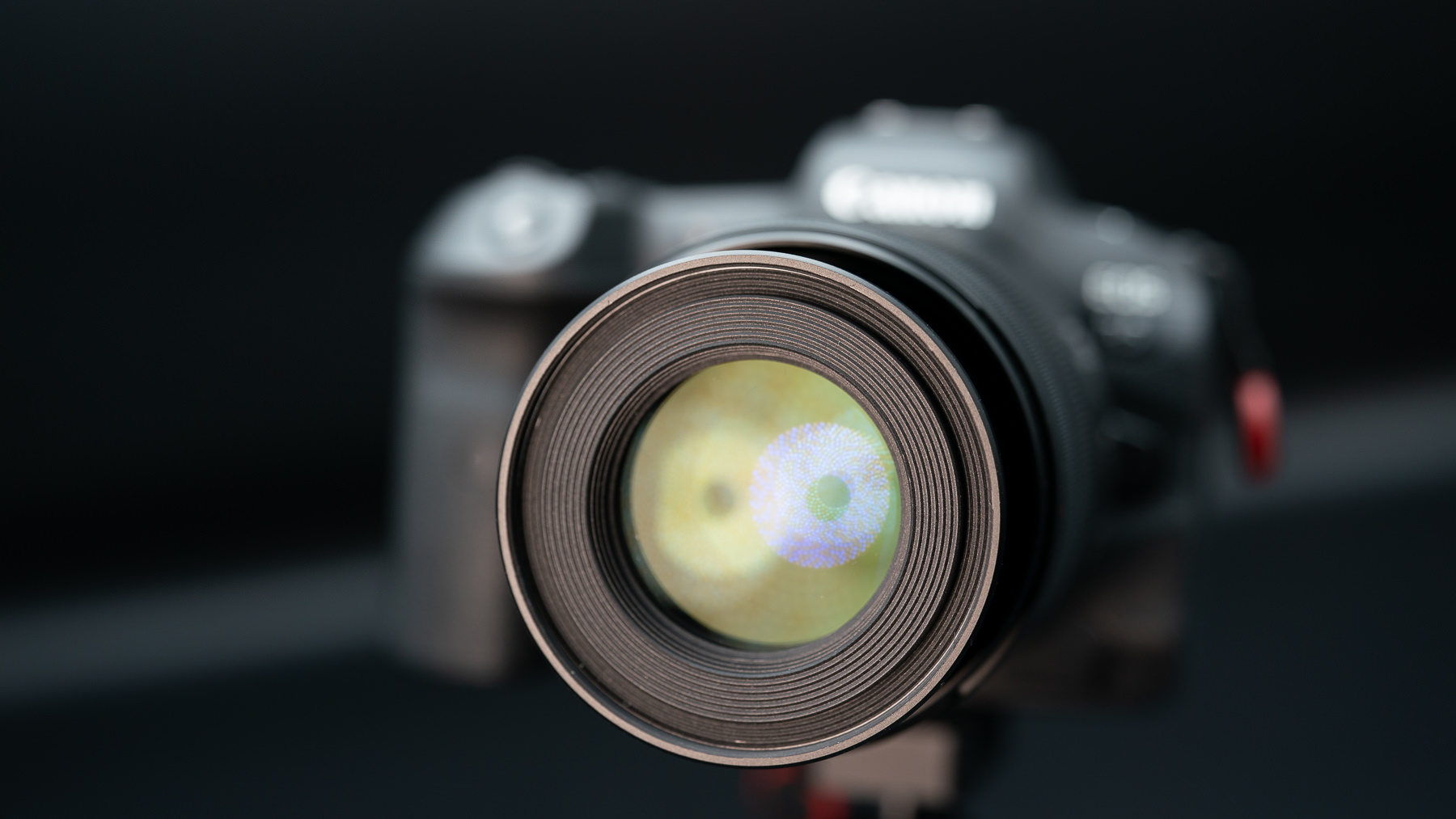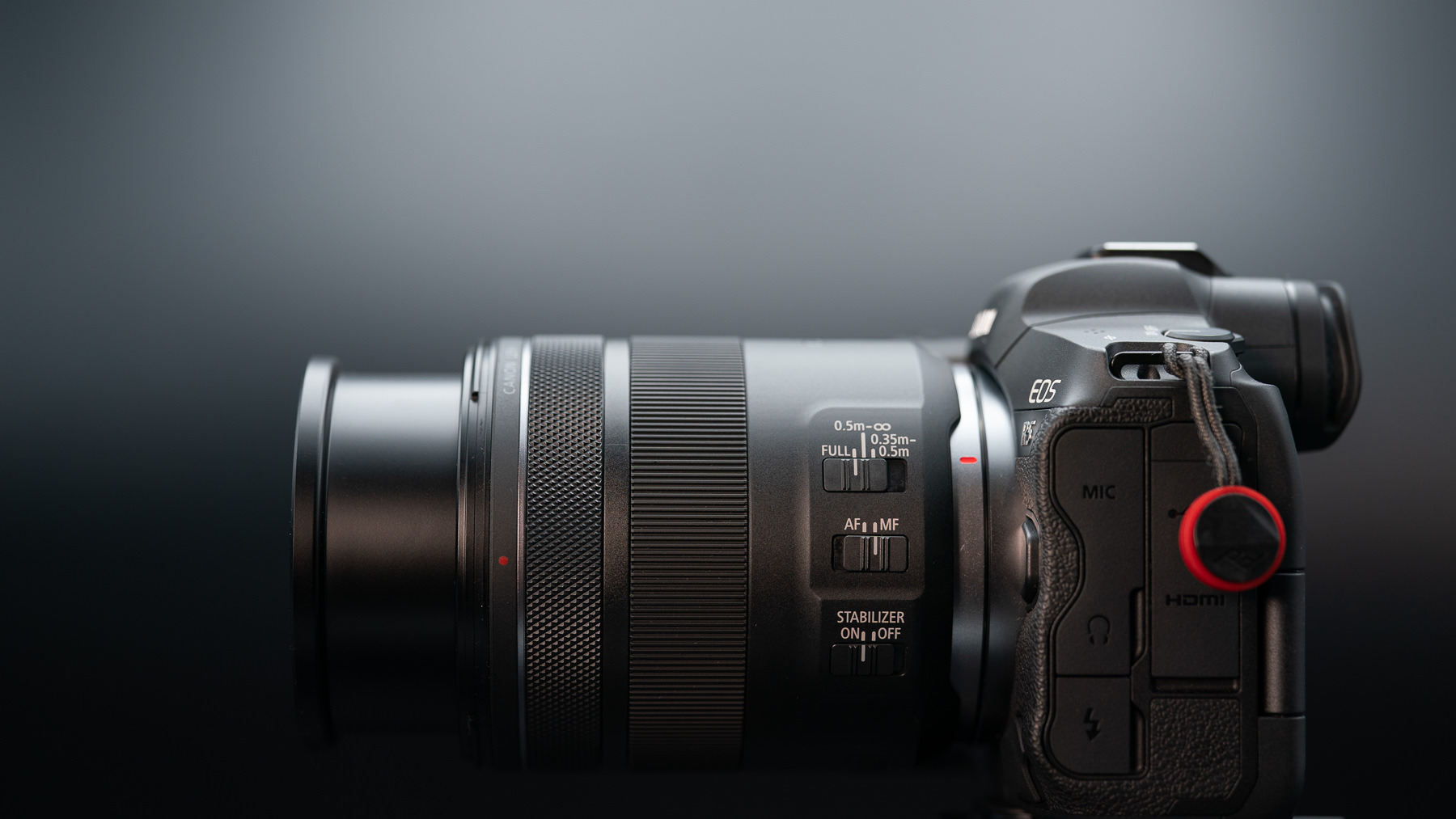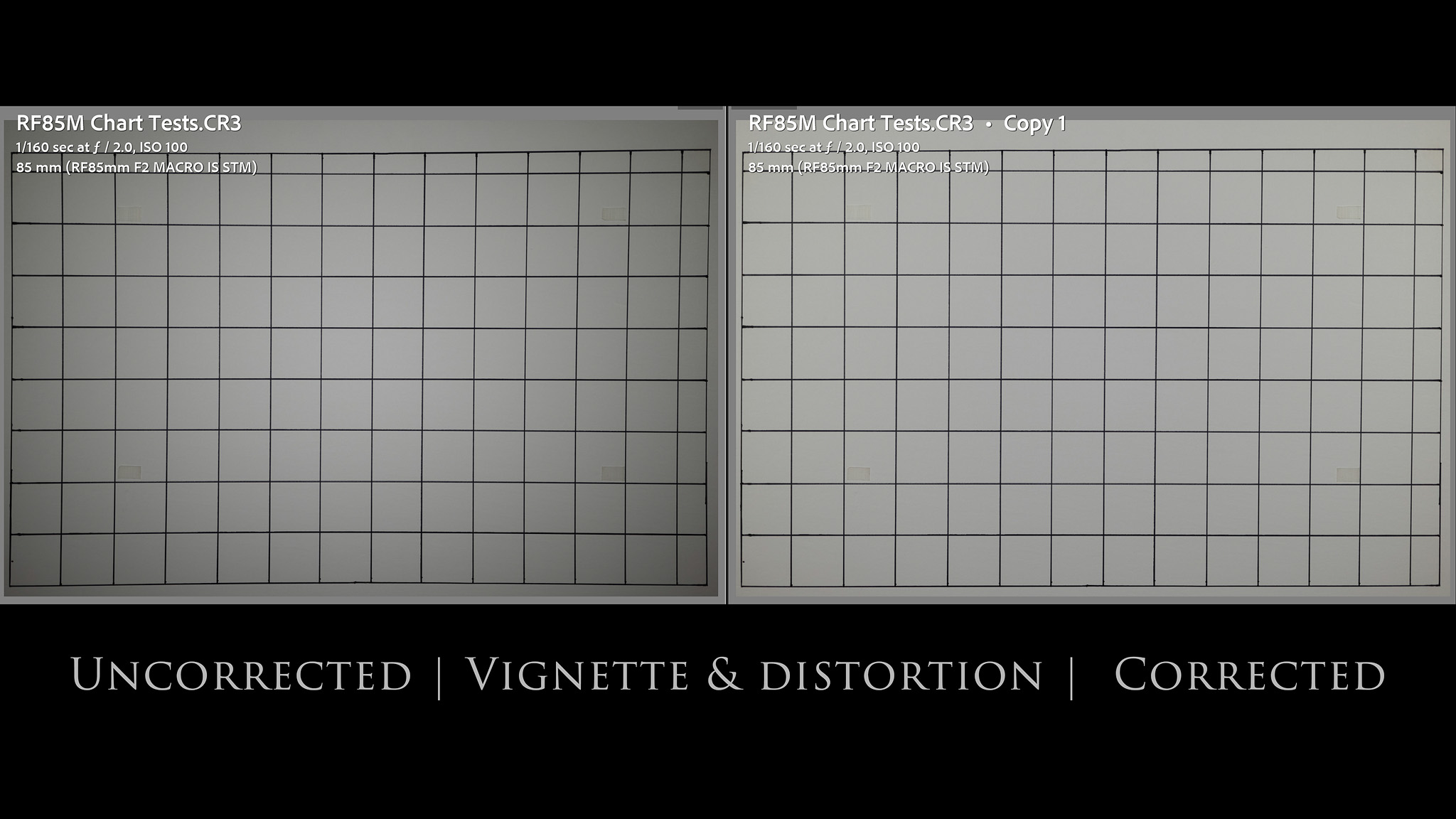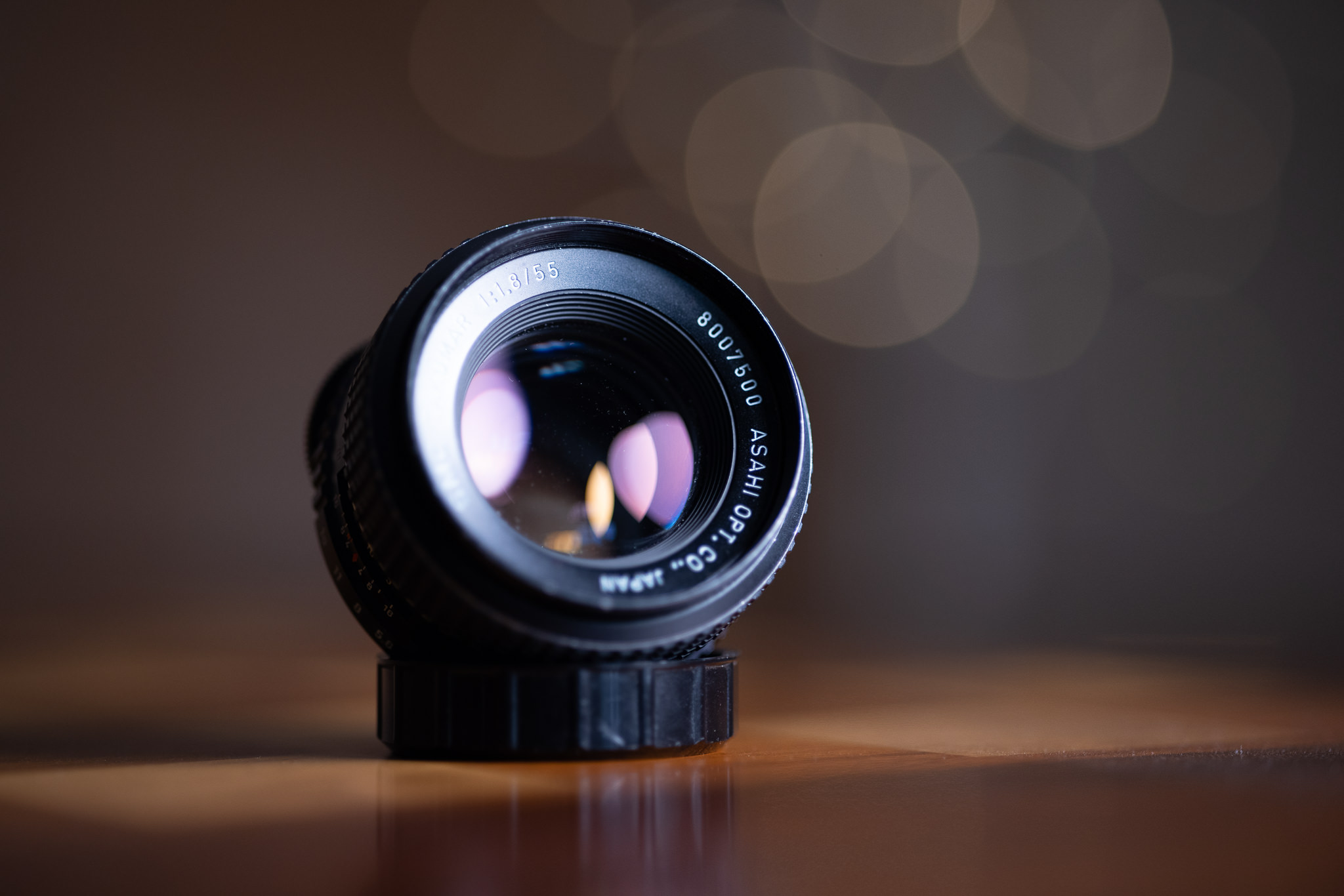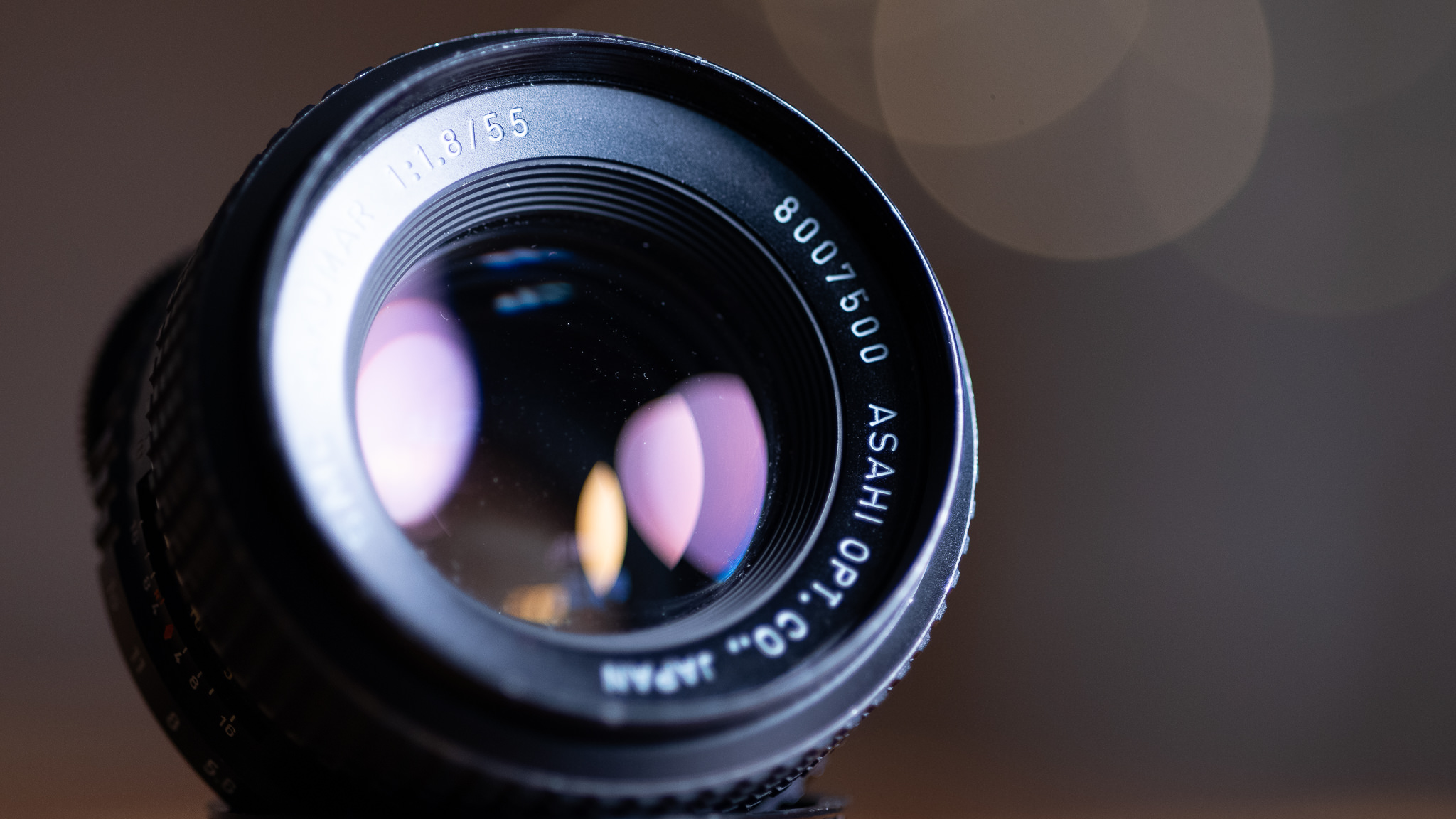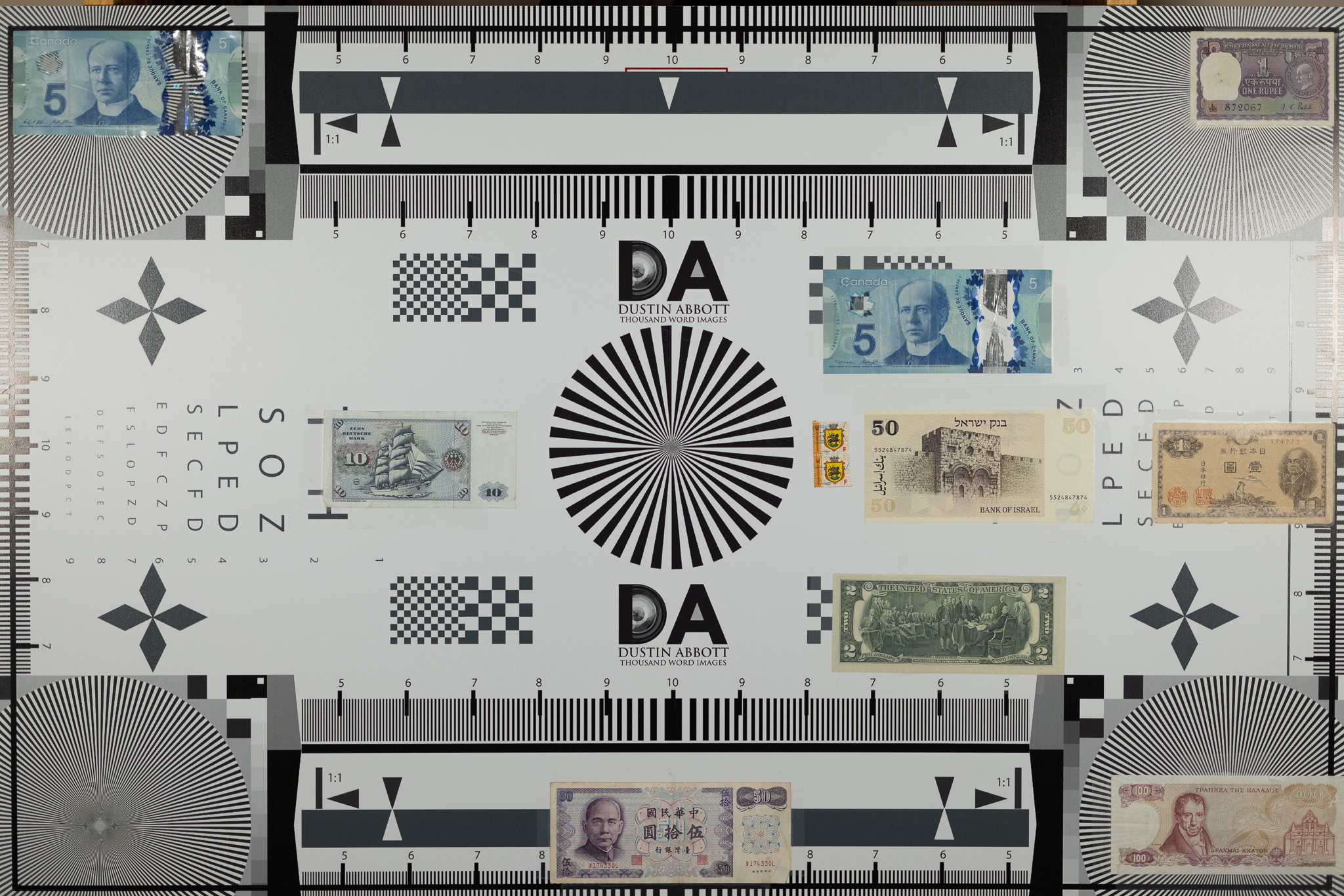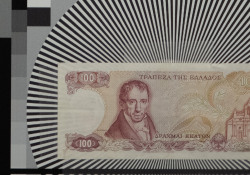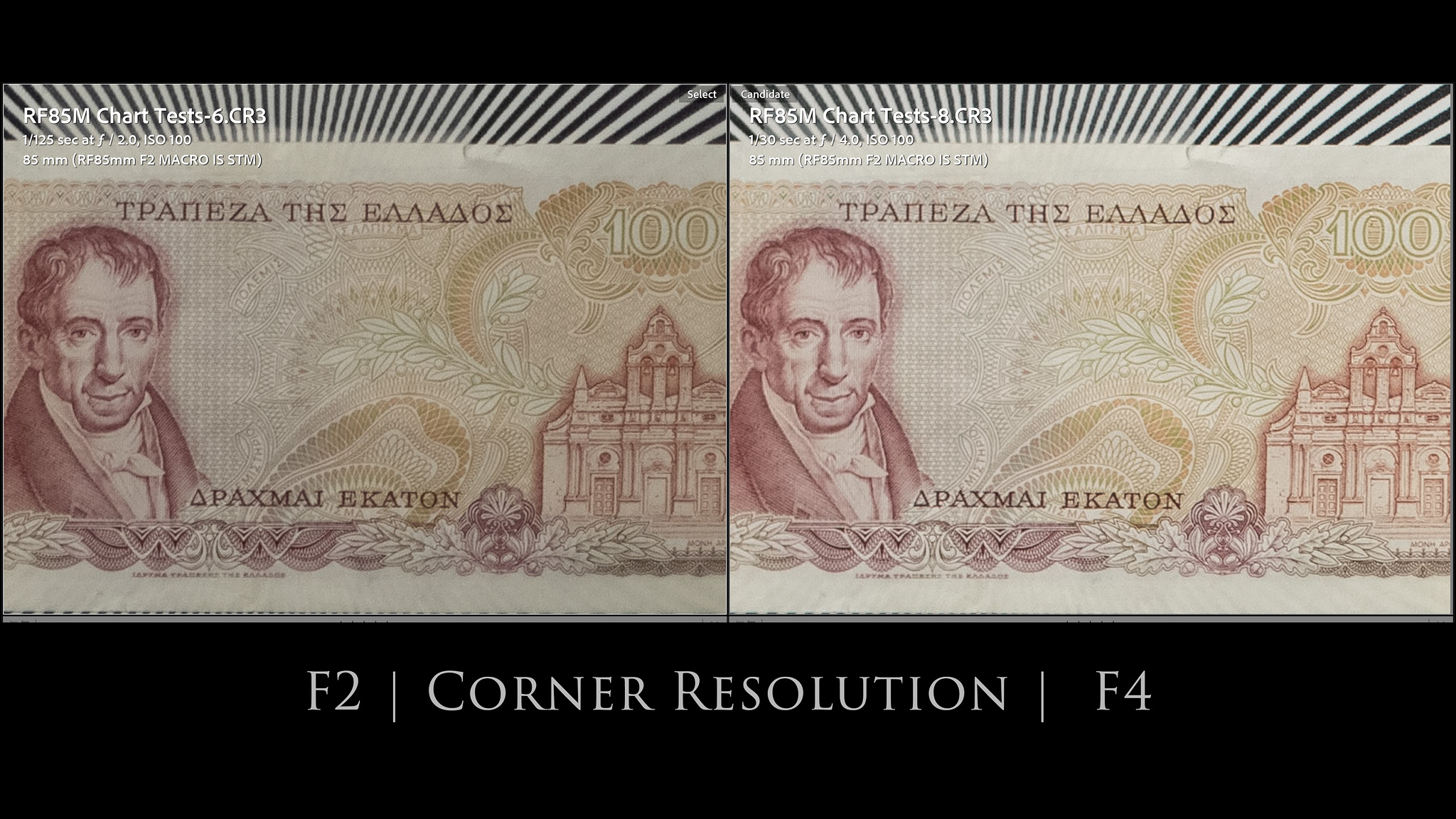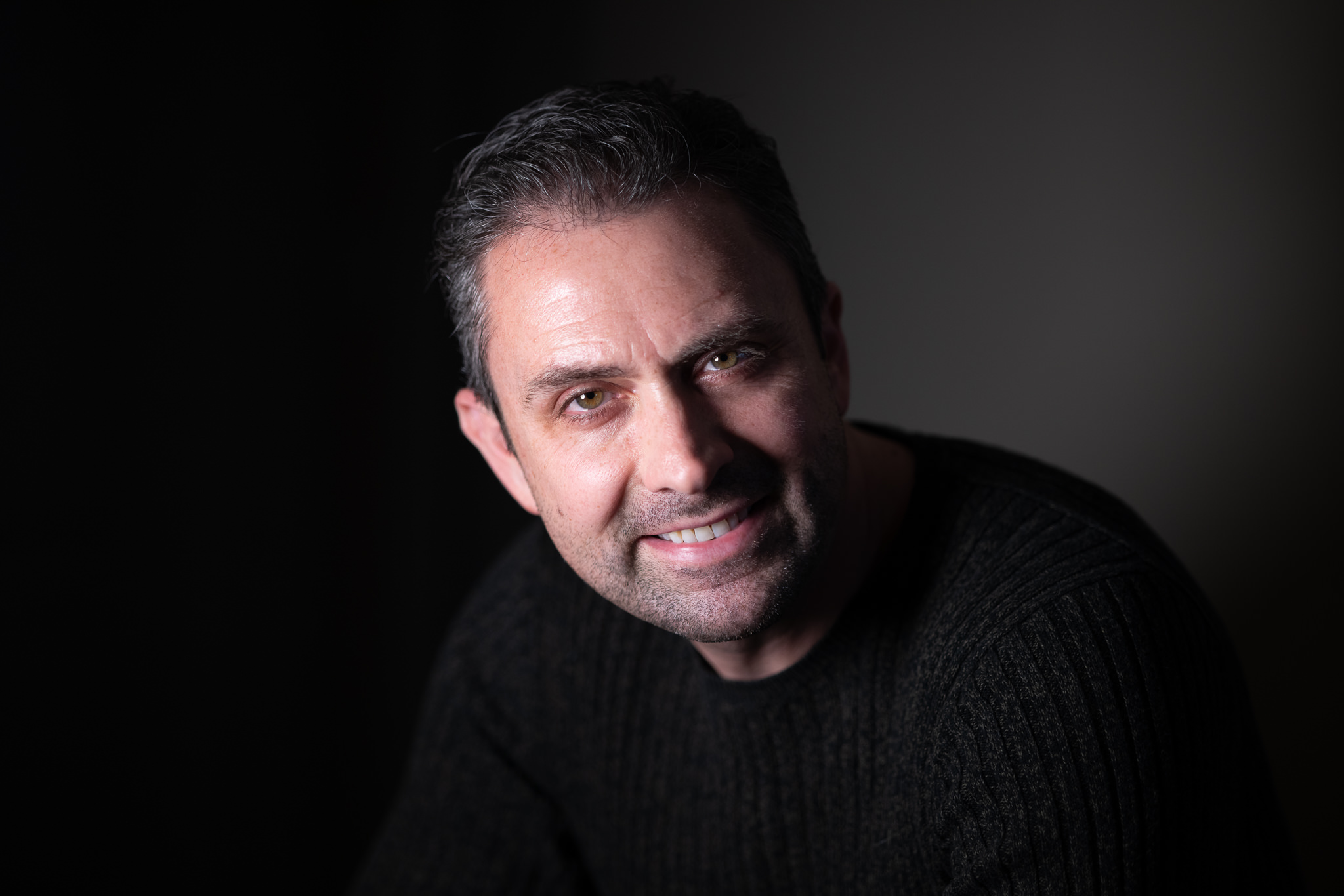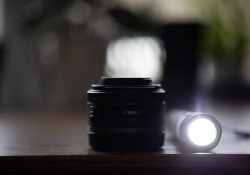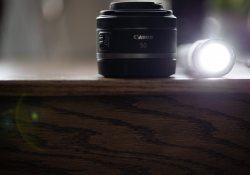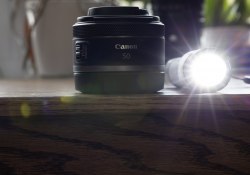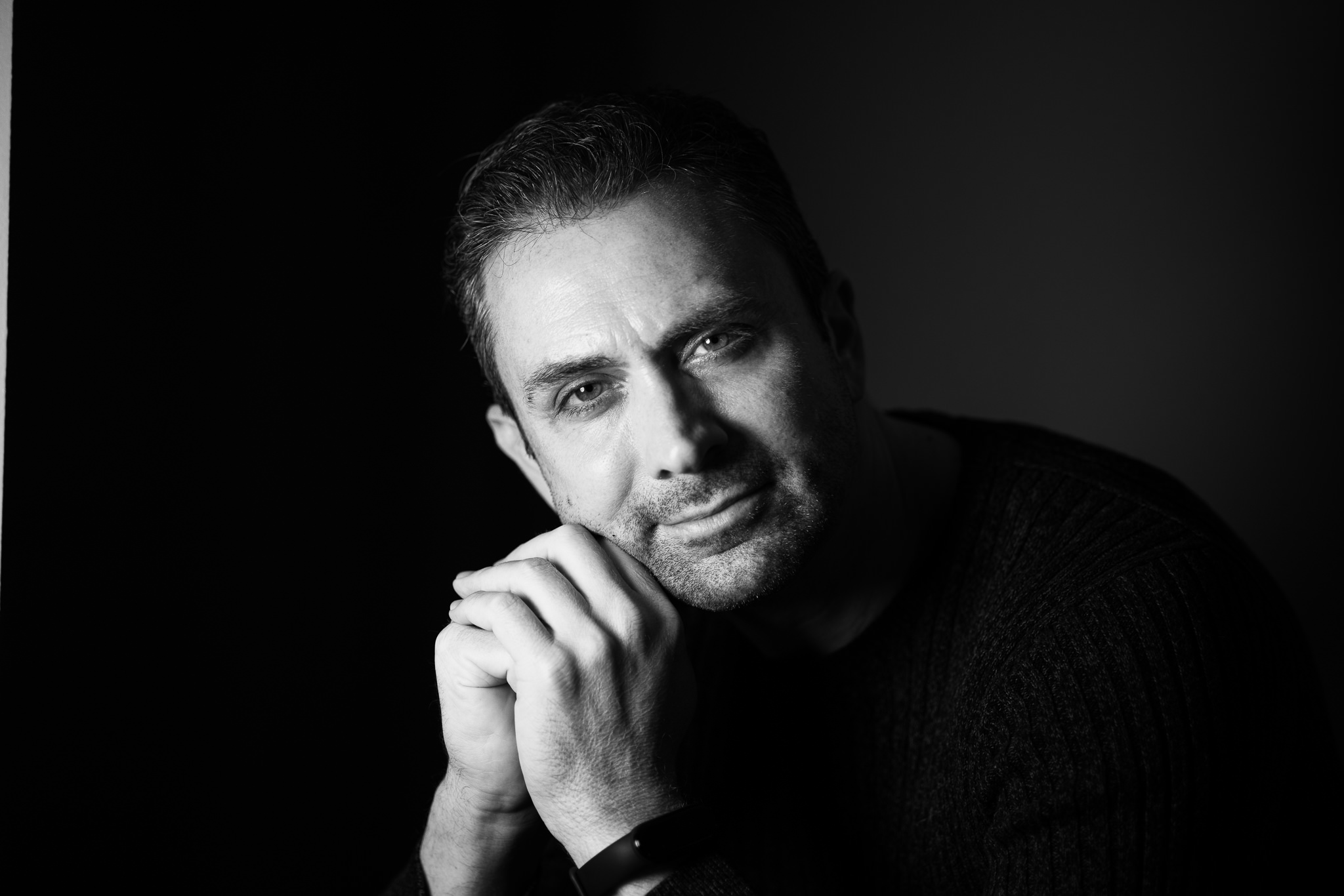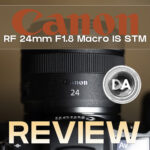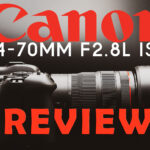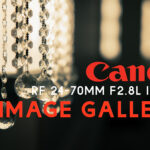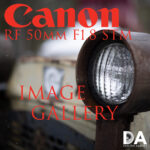Canon clearly has new life and momentum since developing the new EOS R5 (my review here) and EOS R6 (my review here), as these models are truly innovative and finally feel like cameras that can unleash the potential of Canon’s acclaimed RF-mount lenses. There have been a number of truly exceptional Canon RF lenses released in the past few years, but as I’ve reviewed the majority of those lenses, I’ve had one consistent complaint: in many cases the lenses for the EOS R cameras have been priced higher than the cameras themselves, with few lenses under $1000 USD and the majority over $2000. Canon has finally started to address this with a new spate of lens releases including some more affordable options. I’ve been looking at two of those lenses – Canon RF 85mm F2 IS STM and the Canon RF 50mm F1.8 STM. Today we are focusing on the former lens, a reasonably priced 85mm lens with one unusual characteristic; it is a 1:2 (half life size) macro lens. That makes the RF85M (as we’ll call it for brevity in the review) a potentially very interesting lens.
85mm lenses are typically notoriously poor lenses for maximum magnification. The typical range for magnification is 0.11-0.13x, so the RF85M’s 0.50x is a true anomaly. Some will debate whether a 1:2 lens qualifies as a true “macro” lens, or if a true macro lens is at least 1:1 magnification. Debate aside, however, there’s no question that the high level of magnification on this lens definitely increases its usefulness. It also has an effective image stabilizer which adds to its usefulness for handheld macro shots (and photography/video in general).
The RF 85mm F2 IS STM is somewhat of a paradox. It has tremendous strengths that bely its reasonable price tag of $599 USD, but it is also crippled by a glaring flaw. The end result is a lens with certain compromises that potential owners must be willing to accept in order to benefit from its strengths. Read (or watch) on to discover if the RF85M is the kind of lens you can live with.
Want to watch your reviews instead? Check out either my long format definitive review or shorter standard video reviews.
Follow Me @ Patreon | My Newsletter | Instagram | Facebook | Twitter | Flickr | 500px
Thanks to Camera Canada for getting me a loaner of the RF 85M. If you’re in Canada, check them out for a reliable online retailer.
Canon RF85M Build, Handling, and Features
I have to confess to a certain degree of frustration every time I review a non-L series lens from Canon. Canon persists in the pettiest forms of “nickel and diming” with their consumer grade lenses. The packaging of the lenses is often a bubble-wrapped lens inside a box and they never include a lens hood. The ET-77 lens hood will set you back an additional $50, despite the fact that almost every other lens maker includes a lens hood no matter how inexpensive the lens. I’ve reviewed $100 lenses with nice lens hoods included.
Weather sealing isn’t even on the table with non-L lenses, despite the reality that even Samyang lenses now have weather sealing. In fact, the chief competitor on Canon RF for this lens is the Samyang AF 85mm F1.4 (a really excellent lens that I reviewed here). There’s only about $80 USD difference in price between the two lenses, but the Samyang has weather sealing, much better autofocus (and internally focuses), and includes both a lens hood and a lens pouch. In many ways the two lenses (while priced similarly) have two very different purposes, with the Samyang being a more traditional 85mm portrait lens and the Canon a better multipurpose platform, but that similarity in pricing does highlight the frustrating cheapness that Canon persists with.
That rant aside, what we do have here is fairly nice. The outer shell is durable, resistant to marking or scratching. The matte finish is also resistant to finger prints, so I find that the look of the lens stays consistent (it doesn’t look one way when cleaned and unused and another if you actually take it out of the box and use it!)
The RF85M actually has some heft to it, feeling more substantial in hand than what you might expect. It weighs 500g, which is only 75g more than the EF 85mm F1.8, so that’s not a big weight increase considering that the RF lens has 1) Image Stabilization and 2) a 1:2 macro component (the EF lens only has a 0.13x magnification). So, it’s not that the lens is overly heavy, but rather that it feels more dense than what you might expect by looking at it. That’s a positive, not a negative, as the lens has a feel of quality in the hand. It’s worth noting that it is well less than half the weight of the RF 85mm F1.2L (around 1200g), and about 84g lighter than the Samyang. The size is a moderate 78 x 90.5 mm (D x L). Perhaps the shorter length of the lens makes it feel more dense (my Canon 100mm F2.8L IS is 33mm longer). Here’s a look at how the specifications break down.
There is a bank of three switches on the left hand side of the barrel. The first of these is a three position focus limiter (FULL, 0.5M to Infinity, and 0.35-05M). As we’ll discover, the autofocus is far from snappy, so you’ll want to become familiar with that focus limiter to maximize focus speed. The two other switches are an AF/MF switch and a ON/OFF button for the IS.
The IS system is Canon’s “Hybrid IS” system that they often utilize on lenses with close focus abilities, as this design helps deal with the unique instabilities caused by close up work. As a result, Canon actually touts two separate ratings for the IS system depending on the application. In their words, “The RF 85mm F2 Macro IS STM lens is designed to work in conjunction with EOS R series cameras, with both the camera and the lens sharing data to dramatically reduce camera-shake blur, regardless of the situation, whether shooting video or stills. With up to 5 stops** of stabilization, it delivers impressively clear results. Hybrid IS provides an incredibly effective and steadying influence on your close-up stills and video content creation. It provides up-to 3-stops of Hybrid Optical Image Stabilization to compensate for both angular and shift-type camera shake that may occur during macro shooting, allowing image-makers with EOS R series cameras to capture impressively precise detail wherever they are.” It’s actually refreshing to see this kind of transparency, as those of us who do professional reviews know that that few (none?) of the stabilized macro lenses actually deliver anything near their rating at close focus distances. I did not have a high success rate trying to handhold low shutter speeds at close focus distance, even when using the lens on the Canon EOS R5 that adds IBIS to the equation. This is the best of six attempts at 1/6th second shutter speed.
Not exactly amazing results there. This would equal almost five stops of assistance, but I’m not getting it between the lens IS and IBIS. If I move to a more distant target, however, I can get a stable result at 0.4 seconds, which is 5 stops.
It’s hard to parse out what stability comes from the lens and what comes from the camera (the systems work collectively, not independently), but it’s clear that you’ll need to keep your shutter speed up at more reasonable speeds if you want to do close up work. Raising my shutter speed to 1/40th second (and my ISO setting accordingly) and shooting the same subject as before produced a much more fruitful end result.
It is certainly helpful to have image stabilization, though one has to respect the realities of close up work and not expect perfect results at extremely low shutter speeds.
There are two rings on the lens, the closer being the focus ring, and the further being the unique control ring that Canon RF lenses have. The control ring can be programmed to several different functions in the camera body. Popular applications are for aperture control and exposure compensation. The control ring has the typical diamond pattern texture that sets it apart from the ribbed manual focus ring. I’ll comment more on the focus ring in the autofocus section.
Up front we have filter threads in the very common 67mm size. You can also tell there is some sort of multi-coating on the front element.
Inside we have a 9 bladed aperture iris that does an effective job of retaining a circular aperture shape when stopped down. This sequence documents F2, F2.8, and F4:
We’ll comment further on the bokeh later in the image quality section, but I will just quickly note the bokeh looks very nice and clean in this kind of test; definitely a strength for the lens.
Minimum focus distance is right over 35cm, and the resulting magnification is 0.50x, which is definitely the standout feature of the lens. Here’s what that looks like:
F2 is a large aperture for a macro lens, but we can see that performance (resolution and contrast) is quite good even at minimum focus. I’ll also note that the plane of focus looks nice and flat, too, with fairly even focus at all parts of the image frame.
In short, the problems here are not with what’s here (this is a nicely made lens that functions fairly well), but my complaints are more focused on what’s not here, namely weather sealing or a lens hood. Some might argue that Canon has never included these things with non-L lenses (true), but my counterargument is that the market has changed. At one point those were features reserved for pro-grade lenses, but no longer. We’ve got plenty of lenses today that cost half of what the RF85M does that have both features. My job is to try to be objective about both strengths and weaknesses, and, frankly, I do expect more from this lens (at $600 USD) than I do of the $200 RF 50mm F1.8.
Canon RF85mm F2 Autofocus Performance
Canon has given the RF85M an STM motor, but frankly that doesn’t mean a whole lot anymore. I have found that the performance of STM motors varies widely in almost every facet, but most obviously in focus speed and sound. Some STM lenses are very quick and quiet and have a fairly sophisticated performance, while others feel somewhat slow and crude. The RF85M unfortunately tends towards the latter and is easily my least favorite aspect of the lens.
The 85M is not internally focusing and will extend about 3 cm when focused to it’s minimum (macro) limit. If you choose to manually focus, you will go through many rotations to cover the full focus travel – I counted 21 rotations of my wrist to go from infinity to MFD. Focus is so slow in that instance that you will wonder at times if you are even going in the right direction (or doing anything at all). You will probably want to enable the setting on your camera that will retract the lens when powering down the camera, as the extended barrel feels a bit vulnerable.
The big focus throw is part of why focus feels a little slow and clumsy, though the other reason is that the focus motor doesn’t have enough torque to do it more quickly. There’s a fair amount of noise and a definite sensation of the elements sliding towards the destination rather than just being there as is so often the case with the better focus motors. The most recent macro lens I reviewed before this was the Sigma 105mm F2.8 DN for Sony, and while that lens is a 1:1 rather than 1:2 macro like this (thus more focus possibilities), it’s focus was MUCH faster in comparative situations.
I also found the lens very reluctant to focus on close subjects if there were background options. I found the lens sometimes reluctant to focus as the close object even when overring focus with a specific focus point on the touchscreen and placing it right on the desired subject, like with this chain.
I spent about 25 seconds trying to get focus where I wanted in this shot, and in the following shot I finally gave up and switched to manual focus. This narrow reed was just too challenging for the focus system to grab, though I’ve shot this same scene successfully with other lenses without issue.
You’ll want to utilize the focus limiter, but sometimes even that isn’t enough. I found it a somewhat frustrating lens to use in some situations, as I’ve become spoiled by some lenses being much more intuitive in their ability to focus on what you want them to. I suspect that the deliberate and somewhat noisy focus action helps draw my attention to the RF85M’s lack of focus intuition. I just don’t think the AF system has enough torque to handle the size of the elements here. The Canon RF 50mm F1.8 STM (which I was reviewing at the same time), also has an STM motor and even extends when close focusing, but the smaller elements (less stress on the focus motor) makes focus faster, quieter, and smoother on that lens.
This also shows up with video focus, as Canon has attempted to smooth out the rough edges and noise of the focus system by detuning the speed of focus pulls. The upside is that video focus noise isn’t as bad as stills, but focus pulls are quite slow and deliberate, and sometimes the lens just refuses to react to necessary focus changes.
I was shooting a promotional spot for one of my YouTube sponsors, and I needed a simple shot where the focus was on a foreground object (in this case an iPhone display showing a certain app), which would then be moved out of the way to reveal a background object (a wallet being “paged” by the app in the phone). In theory, this was a perfect application for the RF85M, so I tried to use it on my EOS R5 for the shot…but to no avail. It just wouldn’t focus on the foreground object consistently despite my best efforts (choosing different focus modes on the camera). It also took forever to transition from close focus to the object a meter beyond, which completely defeated the purpose on a clip that could only be about 4 second long. I used the RF 50mm F1.8 STM instead, and, despite that being a much cheaper lens and less well suited to the task on paper, the little nifty fifty performed the job much better.
The good news? My overall focus accuracy was good, with results being crisp and well focused. I had good results when shooting static “talking head” videos, too, without hunting or moving around.
Eye AF for human and animal subjects seemed to work fine as well.
But these things are pretty expected at this point. I didn’t find much to get excited about on the autofocus front with the RF85M. There were a lot of frustrating moments during my review whether I was shooting macro, video, or just general field work, and I’m afraid that most photographers who purchase the lens will feel the same.
Canon RF 85M Image Quality
The good news is that the bad news is behind us. While I have some nits to pick with the build and features, and some major disappointments with the autofocus, my feelings on the image quality are far more positive. This is a reasonably priced lens that is capable of excellent image quality results.
This image helps illustrate that Canon has managed to give us a lens with both sharp detail and soft bokeh, a combination one doesn’t always see. Let’s start by taking a look at some formal test results, all of which have been done on a 45 MP Canon EOS R5.
We can see a mild amount amount of pincushion distortion here (the manual correction on the right has a -4 on the Distortion slider in Lightroom) and a moderately heavy amount of vignette. The heavier vignette has been a common theme with many of the RF mount lenses. This appears the be the aberration that they are making the least amount of effort to eliminate in their optical designs. There’s well over two stops of vignette in the corners here, and I corrected it with a +65 and moving the midpoint all the way over to zero. The vignette is fairly linear here, which makes for a cleaner correction. The standard profile in camera will of course correct for this in JPEGs and video, and Canon’s correction profile for RAW files in software also does the trick nice and clean. No major missteps here, though the vignette is a bit heavier than I expected due to the smaller-than-usual maximum aperture of the lens.
We also see that LoCA (Longitudinal Chromatic Aberrations) are well controlled, with minimal amounts of fringing either before or after the plane of focus. This helps create crisp contrast.
This real world shot is of a scene with high potential for LoCA. We’ve got a very bright patch of snow on the darker needles and a transition to defocus, and yet we see that LoCa is well corrected in the image. Good stuff, there, as macro photograph often has a lot of potential for LoCA. Take this closeup of a classic lens.
Those white letters on a pure black backdrop are often loaded with CA when photographed with lenses that struggle with this, but the RF85M has handled it quite well.
Most of the major lens aberrations are avoided thus far, so let’s take a closer look at resolution. Here’s the test chart that I use for many of these tests:
If we zoom in to various spots (center, mid-frame, and corner) across the frame at nearly 200% magnification, we find that the lens is producing fantastic results across the frame. High detail, good contrast, and a lot to celebrate.
The sharpness profile is very consistent across the frame, with the edge performance scarcely lagging behind the center and mid-frame. Excellent!
Since the announcement of the RF85M, I’ve had dozens of people ask me to compare it with the Samyang AF 85mm F1.4, one of the very few autofocusing third party lenses on the Canon RF platform. I gave it a very positive review in 2020, reviewing it on the EOS R camera. There was a hiccup with the release of the R5 and R6, as the lens required a firmware update to be fully compatible with them. This necessitated getting a Samyang Lens Station to do the update on, which is still (as of this review) a little hard to source. The firmware update did the trick, though, and I’m loving the lens on Canon’s newest cameras again. Quirks aside, I vastly prefer the autofocus performance of the Samyang to the RF85M, as it utilizes linear motors to achieve faster, quieter, smoother focus. The Samyang is also weather sealed, comes with a lens hood and a pouch, and has a slightly higher build quality in terms of external materials…not to mention that it has an aperture a full stop larger at F1.4. The big advantage for the Canon is in magnification, as the Samyang has a rather pathetic 0.11x magnification. But how about image quality? Comparing the two lenses at F2 (on the EOS R5) reveals that both are incredibly sharp and have excellent contrast, with perhaps a slight edge for the Samyang. 200% crops shown from the center, mid-frame, and corner.
Stopped down to smaller apertures finds the Samyang’s edge in sharpness and contrast growing a bit.
The Samyang is going to be the better portrait lens, enabling shallower depth of field and thus more blurred backgrounds. It also has nice bokeh, and I’ve really liked it as a portrait lens. If your priority is shooting portraits, choose the Samyang. It gives you more tools in your arsenal for depth of field, and, frankly, the autofocus is much less frustrating. If you need the high levels of magnification, however, and don’t own an alternate macro lens, the Canon is the obvious choice. Both lenses are excellent optically, but I think they are designed for different purposes.
Stopping down to F2.8 eliminates a fair bit of the vignette but surprisingly produces little improvement to sharpness, which is why the Samyang’s advantage grows stopped down. Stopping on down to F4 does not really increase resolution much, but contrast does improve.
Sometimes when I introduce a sharper competitor (as we have with the Samyang), people lose perspective and start calling the lens with a bit less sharpness “soft”. That’s absolutely NOT the case here. Here’s a look at the “broad side of a barn” at F5.6 with crops from the center and the corner. It shows excellent contrast and detail across the frame…on a 45 MP camera.
I don’t know what it is is about barns, but that woods ages so well. The boards end up with such a fascinating patina, and that’s often due to the flaws. Likewise, I feel like Canon has done a good job of here of not overcorrecting the lens so that it loses character, as I really, really like the look of images from this lens. This is a frustrating time of year to shoot, as there is little color in the world and not a great variety of outdoor subjects barring unique weather events…which there hasn’t been much of this winter. Despite that, familiar subjects look particularly good when photographed with the RF85M:
The advantage here is that you can get very close and really capture the details.
A big part of what I like is due to excellent bokeh rendering. The bokeh circles are clean and soft, even with bright lights:
Real world bokeh also looks fantastic in most situations, with backgrounds looking soft and creamy.
There were a couple of challenging scenes that looked slightly busy, like this one:
These situations were mostly few and far between, though. The close focus ability allows you to really use foreground bokeh in creative ways, like this:
I also think the RF85M could serve as a nice budget studio portrait lens, as the depth of a field of a F1.2 or F1.4 lens are less relevant in the studio. Here’s a wide open, straight-out-of-camera portrait taken with a single light and by my 13 year son (oh yes, Eye AF really does make everything simpler!):
Even at F2, there is plenty of detail for your subjects (SOOC other than a one-click B&H conversion and crop):
Flare resistance is so-so, with performance really depending on where the source of the light is in the frame. I had to substitute a flashlight since I haven’t seen the sun in about ten days!
Worst case scenario is with the sun in the upper corner, where there is more ghosting and loss of contrast. Stopping down (image 3) increases the amount of flare artifacts but also shows a surprisingly nice sunburst effect for a longer focal length.
Part of my job is develop a feel for lenses that goes beyond the technical, and I can tell you that this lens delivers image quality a cut above the typical commercial grade lens. There’s something about images that I really like.
I got a lot of great images with the RF85M, and you can check out the image gallery if you want to see more of them. I’m as positive about the image quality and rendering as I am negative about the autofocus. It really feels like an optically excellent, genuinely useful lens is being seriously held back by a primitive focus system.
Conclusion
The Canon RF 85mm F2 IS STM was a lens that really excited me on paper. I’ve been campaigning since my first RF review for a wider selection of affordable lenses, and the RF85M seemed a perfect compliment to the also-versatile RF 35mm F1.8 IS STM. And, in many ways it is, though unfortunately (like that lens) the reality of the lens’ execution leaves me a bit underwhelmed. I found the image quality of the RF 35mm F1.8 okay but uninspiring, but that isn’t the problem with the 85mm F2 Macro; I love images from it. It has a lot of great virtues optically, delivering great detail, nice bokeh, and a quality of rendering that is quite excellent.
But the autofocus left me often frustrated, and that’s even more disappointing in a day where I’m seeing great autofocus from all kinds of players in the lens market. Who would have thought that the autofocus performance of a Samyang AF 85mm F1.4 would be so much better than a native Canon lens? This lens needed Canon’s Nano-USM rather than the cheaper STM motor. The great optical performance is unfortunately let down by a disappointing autofocus system.
And that leaves me a little conflicted as I try to render my verdict on the Canon RF 85mm F2 IS STM, as this is genuinely a Jekyll and Hyde story. I really, really want to love this lens, as the idea of an affordable, optically excellent 85mm lens that just happens to do 1:2 macro competently is an enticing one. But while I loved the images I got from the RF85M, I found the process of getting them often frustrating. You’ll have to determine whether you can live with the flaws I’ve detailed. User reviews are generally very positive, though the one caveat that does routinely show up is some disappointment with the autofocus. The lens is otherwise good enough that it might be worth living with, but ultimately you’ll have to make that call for yourself.
Pros:
- Compact, nicely made lens
- 1:2 Macro Capabilities rare in an 85mm lens
- Good up close performance
- Effective image stabilization
- Excellent image sharpness that is even across the frame
- Very nice bokeh – soft and creamy
- Good control of aberrations
- Fairly good flare resistance
Cons:
- Autofocus is noisy, slow, and sometimes balky
- No lens hood included and low-rent packaging
- No weather sealing
- Vignette fairly heavy
Gear Used:
Purchase a Canon RF 85mm F2 Macro IS STM @ B&H Photo | Camera Canada | Amazon | Amazon Canada | Amazon UK | Amazon Germany | Ebay
Purchase a Canon EOS R5 @ B&H Photo | Amazon | Camera Canada | Amazon Canada | Amazon UK | Amazon Germany | Ebay
Purchase a Canon EOS R6 @ B&H Photo | Amazon | Camera Canada | Amazon Canada | Amazon UK | Amazon Germany | Ebay
Purchase a Canon RF 15-35mm F2.8L IS @ B&H Photo | Amazon | Camera Canada | Amazon Canada | Amazon UK | Amazon Germany | Ebay
Purchase a Canon RF 70-200mm F2.8L IS @ B&H Photo | Amazon | Camera Canada | Amazon Canada | Amazon UK | Amazon Germany | Ebay
Peak Design Slide Lite: Peak Design Store | B&H Photo | Amazon | Amazon Canada | Amazon UK
Peak Design Leash Strap: Peak Design Store | B&H Photo | Amazon | Amazon Canada | Amazon UK
BenQ SW271 4K Photo Editing Monitor – B&H Photo | Amazon | Amazon.ca | Amazon UK
Adobe Photoshop Creative Cloud 1-Year Subscription
Exposure Software X5 (Use Code “dustinabbott” to get 10% anything and everything)
Visit Dustin’s Amazon Storefront and see his favorite gear

Purchasing your gear through B&H and these links helps fund this website and keeps the articles coming. You can also make a donation here if you would like. Visit my Amazon page for some of my gear of choice! Thank you for your support.
Great News! I can now offer a 5% discount on all purchases at Amplis Foto, Canada’s Leading Photographic Supplier. Please enter discount code: AMPLIS52018DA in your cart. It is good for everything in your cart, and is stackable with other coupons, too! It will take 5% off your entire order! Proceeds go towards keeping this site going and providing you with new reviews!
Check me out on: My Patreon | Sign Up for My Newsletter | Instagram | Facebook | Twitter | Flickr | 500px | Google+ |
Use Code “DUSTINHDR” to get $10 off ($15 CDN) any Skylum product: Luminar, Aurora, or AirMagic
Keywords: Canon 85mm F2 Macro IS STM, 85mm, RF 85, RF 85mm Macro, IS, STM, Macro, F2, F/2, IS, Canon RF Macro Review, Canon EOS R5, EOS, R5, EOS R5, Canon EOS R6, EOS R6 Review, mirrorless, full frame, EOS R5 Review, Canon R5 Review, Canon EOS R5 Review, Dustin Abbott, Real World, Comparison, Handling, Samyang AF 85mm F1.4, Samyang, F1.4, Focus, Portraits, Resolution, High ISO, Image Quality, Sample Images, Photography, 45Mpx, 45MP, Canon




